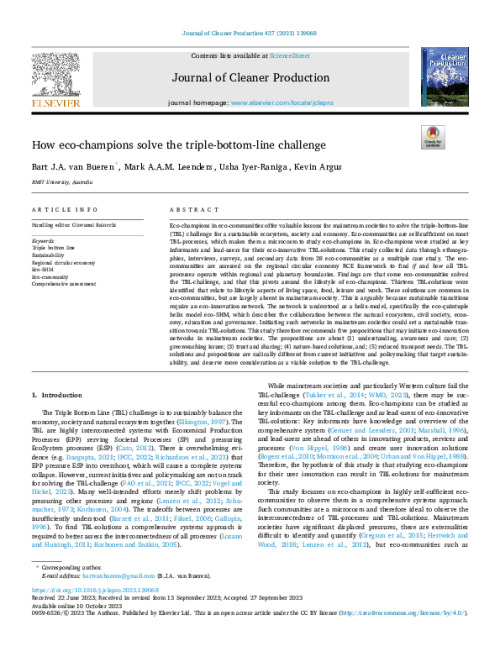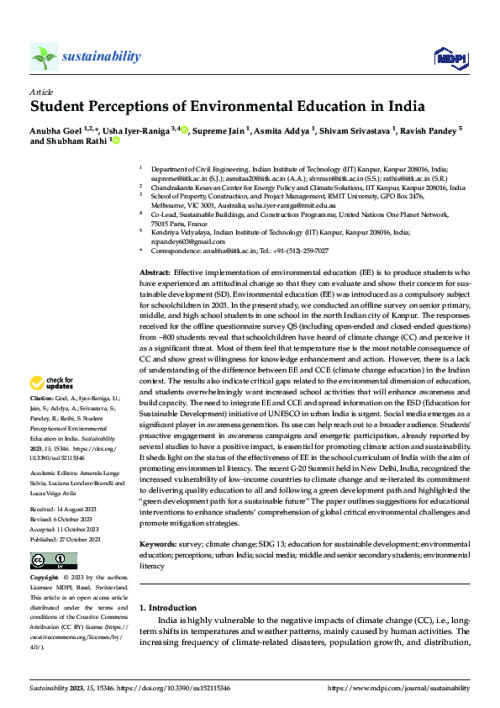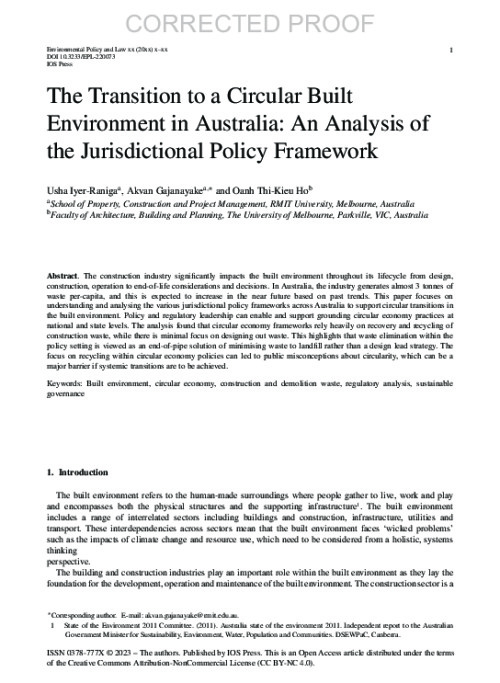Sustainable and circular interventions in vulnerable communities: a proposal for social technology
Housing units have a long life cycle, in which the construction process exploits a large number of resources. Improvements that extend the life of the building, and that do not necessarily imply the demolition and construction of new units, have significant potential for reducing the environmental impact. The challenge of the Project is to promote tools and technologies that underpin the ways to incorporate resilience and circularity into social housing, by prioritizing these interventions, since the main objective is to provide affordable, decent and safe housing for the most vulnerable and poorest people, in order to make the most of the existing building material and consider the wishes and needs of these citizens. In a more general scope, it is expected that the results obtained will produce successful contributions of a practical nature to the creation of public policies of social interest aimed at improving cities and the living environment. The promotion of the circularity and sustainability of housing in subnormal agglomerations will lead to improve people's quality of life and reduce the impact of the construction industry on the environment. The project aims to develop a proposal for social technology to promote circularity, resilience and sustainability of housing improvements in urban agglomerations.
The project seeks to generate successful practical contributions to the production of a circular built environment, involving the creation and circulation of value and the effective participation / consideration of the users and their needs. So far, the project identified and selected, through a systematic review of the literature, technologies applicable to the treatment of data to characterize the resilience of HUVS. In the future, the project will analyze data to characterize the resilience of housing units in a vulnerable situation (HUVS), considering identified assessment criteria, and will develop and evaluate a proposal for a data processing platform that seeks to guide the prioritization of HUVS interventions to promote circularity and sustainability in the region; involving decision makers and citizens. The project is still under development. Our vision is to have a prototype developed, tested and improved in the end of the project. In a one-year picture we expect to have a solid set of performance indicators and apply for funding (i.e. venture capital, etc), in order to grow and expand to more areas.
This case study is directly related to the work of the OPN SBC programme.



